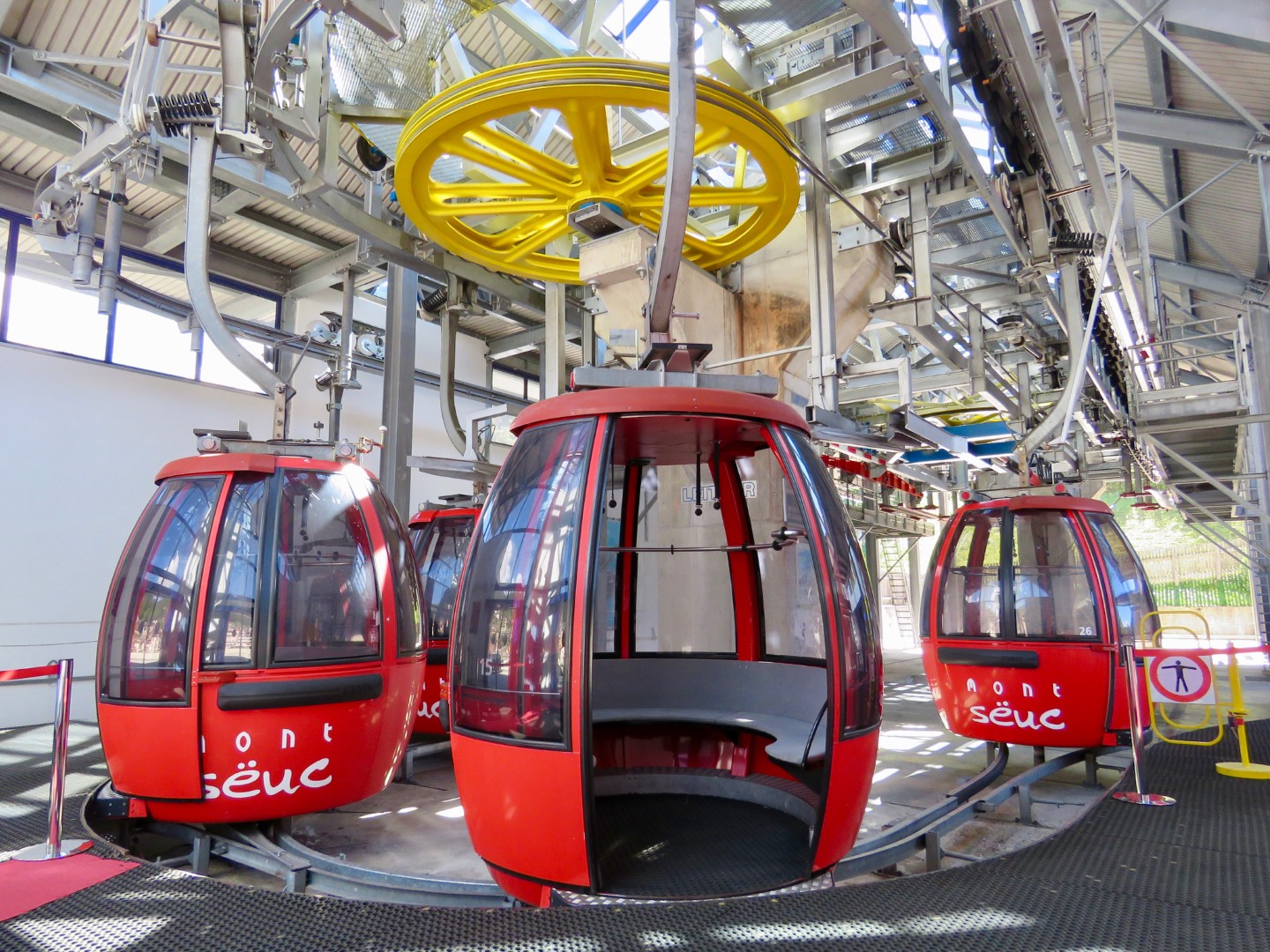ROPEWAY
ROPEWAY
Since 1935 the first cable car of Alpe di Siusi
History
The foundation of the Alpe di Siusi cable car was a pioneering work, since the idea of a connection between Ortisei and the overhanging Alpe (with a difference in height of 800 meters) dates back to 1929; the construction, at that time, seemed a very futuristic enterprise.
The first idea was of a hybrid between a terrestrial funicular and a cable car, with a vehicle that would travel on a suspended rail and moved by a rope.
The first idea was of a hybrid between a terrestrial funicular and a cable car, with a vehicle that would travel on a suspended rail and moved by a rope.
The choice then shifted to a classic bicable aerial ropeway similar to the systems built at the time in the Alps.
In 1935, the two wooden cabins started the first race for the first time. The transport capacity of the plant built by engineer Zuegg of Lana was only 16 people, but for the first time any person from Ortisei could reach the Alpe in a few minutes. A true revolution.
In 1935, the two wooden cabins started the first race for the first time. The transport capacity of the plant built by engineer Zuegg of Lana was only 16 people, but for the first time any person from Ortisei could reach the Alpe in a few minutes. A true revolution.
In 1955, the cable car was modernized, with the extension of the valley station and new cabins, no longer in wood (later covered with sheet metal), but completely in sheet metal.
Winter tourism began to develop in the following years and it was necessary to increase the capacity of the cable car to eliminate the long queues that formed in the valley station.
In 1968, the ropeway was completely rebuilt by the Hoelzl company on a parallel track, 1870 meters long and with a maximum capacity of 500 people per hour, thanks to the larger cabins. A new modernization, in 1989, allowed the replacement of the cabins and the electric drive control.
In 1968, the ropeway was completely rebuilt by the Hoelzl company on a parallel track, 1870 meters long and with a maximum capacity of 500 people per hour, thanks to the larger cabins. A new modernization, in 1989, allowed the replacement of the cabins and the electric drive control.
The bicable gondola ropeway
The gondola lift, built by LEITNER in Vipiteno, was opened at Christmas 1999 and with its 35 cabins for 15 people offers transport capacity of XX people per hour. The travel takes about 5 minutes in cabins with 9 seats and 6 standing places. The ropeway was completely modernised during the twenty-yearly review in 2018.
Unlike many systems in the world, this installation is a two-rope system, which is quite rare today, There are two separate ropes, with different functions:
The cabins are equipped with 4-wheel carriages that run on the track ropes, and an automatic grip that closes on the pulling rope in the line, releasing it in the stations, where the cabins are driven by conveyors consisting of rubber wheels moved by electric motors.
The underground drive is located at the mountain station; in the valley station you can see a hydraulic cylinder in the centre of the station, which moves the tensioning pulley of the traction rope. To reduce the length of the station there are two return pulleys.
The track ropes are anchored in both stations, and there are no counterweights. The ropes are supported by two towers, respectively 16 and 32 meters high.
The safety and operating signals between the mountain and valley stations are transmitted via the traction rope loop using a conveyor wave system, which uses the rope as a conductor. There is also a guard rope, inside which are integrated optical fibers and copper conductors for lightning discharge, and which supports the spheres of the air obstacle alert.
In the event of a power failure, there is a generator to guarantee energy for many hours. In case of failure of both main engines, there is a third hydraulic motor to bring the cabins back to the stations at reduced speed. In the rare case in which it is not possible to move the entire system, two rescue trolleys are placed on the upstream support, which can be lowered along the track ropes and allows the passengers to descend back to the stations.
Unlike many systems in the world, this installation is a two-rope system, which is quite rare today, There are two separate ropes, with different functions:
- A track rope, anchored at both stations, that supports the weight of the cabins
- A traction ring rope pulling the cabins
The cabins are equipped with 4-wheel carriages that run on the track ropes, and an automatic grip that closes on the pulling rope in the line, releasing it in the stations, where the cabins are driven by conveyors consisting of rubber wheels moved by electric motors.
The underground drive is located at the mountain station; in the valley station you can see a hydraulic cylinder in the centre of the station, which moves the tensioning pulley of the traction rope. To reduce the length of the station there are two return pulleys.
The track ropes are anchored in both stations, and there are no counterweights. The ropes are supported by two towers, respectively 16 and 32 meters high.
The safety and operating signals between the mountain and valley stations are transmitted via the traction rope loop using a conveyor wave system, which uses the rope as a conductor. There is also a guard rope, inside which are integrated optical fibers and copper conductors for lightning discharge, and which supports the spheres of the air obstacle alert.
In the event of a power failure, there is a generator to guarantee energy for many hours. In case of failure of both main engines, there is a third hydraulic motor to bring the cabins back to the stations at reduced speed. In the rare case in which it is not possible to move the entire system, two rescue trolleys are placed on the upstream support, which can be lowered along the track ropes and allows the passengers to descend back to the stations.
Travel on the cable car with this 360° video!
Rotate with the mouse or rotate your smartphone for 360-degree navigation.


























